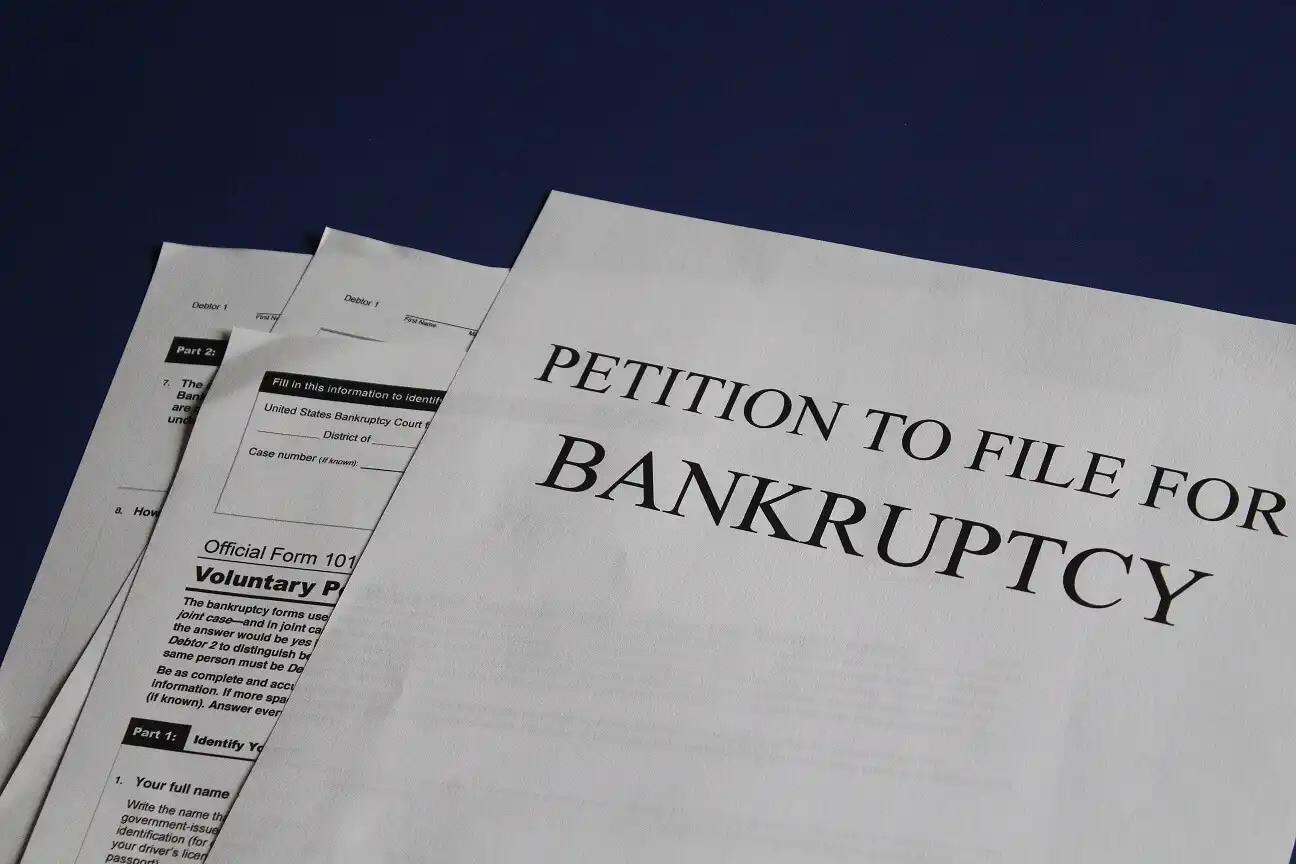While deciding to divorce may seem like the biggest decision a couple has to make, many more decisions follow once a marriage dissolution has been initiated. Chief among them is determining how to split up assets, including retirement accounts, life insurance policies, real estate, and 401(k).
In order to begin discussing the division of assets, couples should first understand what types of assets are subject to it, i.e., which ones are marital and which ones are separate property of each spouse.
Marital and Separate Property
Most states define marital property as all assets and debts that are acquired during the marriage. These include all income, stock, and investment accounts. Separate property can be anything that a spouse owned prior to the marriage, was gifted, or inherited. Separate property may become marital property in a number of ways, such as where bank accounts are co-mingled, or marital funds and even inheritance are used to improve separate property.
State Distribution Rules
Depending on your state’s local rules, the apportionment of assets will be done according to either a “community property” or “equitable distribution” approach. When the spouses cannot negotiate and agree to their own terms in a divorce settlement agreement, a judge will determine asset and debt allocation according to the approach of their specific jurisdiction.
NOTE! All distributions will be done according to a prenuptial or postnuptial agreement if the couples have one in place.
Community Law State (Equal Distribution)
In a community property state, all debts and assets acquired during the marriage will be considered marital (couple's) property. Moreover, all such property, including 401(k) accounts, will be subject to a 50/50 split.
Common Law State (Equitable Distribution)
In an equitable distribution state, property in one spouse’s name will remain his/hers unless he or she decides otherwise. Marital assets and debts, i.e., those in both spouse's names, will be distributed fairly rather than equally. This is the approach taken by a majority of states.
How are 401(k)s Typically Split During a Divorce?
Your 401(k) account is marital property, so the non-earning spouse does have a right to claim a portion of it upon divorce. There are several options available depending on your and your spouse's financial situation:
(1) Retention of own 401(k) Accounts:
When both spouses have their own 401(k) accounts, they may choose to simply retain them. However, this is not always a viable option where one spouse may not be employed, or there is a large discrepancy between the values of each account. In such cases, the options outlined below might be more suitable.
(2) Retention of an Account by an Account Holder
Spouses may also choose to negotiate that the account holder keeps the entirety of the 401(k) and the non-earning spouse is compensated in other areas of the divorce settlement agreement. For example, the latter may receive rights to any real estate, life insurance policies, or other retirement accounts.
NOTE! Each spouse has to consider both the tax implications and the long-term value of the account when choosing this option.
Spouses will have to determine the tax to be paid on the account at the time of retirement (i.e., imputed tax) and subtract that from the total value of the 401(k) at the time of retirement. The non-earning spouse should receive compensation based on this greater amount, instead of that at the time of the divorce.
(3) Division of the 401(k)
Splitting the assets in the 401(k) account is also an option and requires a Qualified Domestic Relations Order (QDRO) issued by a court. A plan administrator will then be responsible for allocating the account funds.
A common division scheme is where the 401(k) account is essentially split into two accounts, one for each spouse. Once the division is made, each spouse can make their own investment decisions to grow the account, but only the earning spouse may contribute to it. Distributions will be available upon the earning spouse’s retirement.
Because the account is being split in compliance with a court order, there is no penalty for the early withdrawal.
NOTE! The couple and their attorneys should be aware that a QDRO needs to be highly specific as the plan administrator will reject any ambiguous provisions in the agreement. In order to receive distributions, spouses will have to amend the agreement to meet the requirements of the plan administrator.
(4) Liquidation and a Lump Sum Payment
While spouses generally cannot make withdrawals from their 401(k) accounts without a penalty prior to retirement, when approved in a QDRO agreement, withdrawals will not be subject to the usual 10% penalty, even if the spouse is younger than 59.5.
This is sometimes a good option for a spouse who readily wishes to pay off debt or purchase a new home. However, it is crucial to note that the lump sum will be considered taxable income.
(5) Direct Rollover to an IRA Account
A spouse may choose to rollover their portion of the 401(k) account that they receive in the QDRO agreement to an IRA account. This can be done without the usual 10% penalty or tax liability and gives a non-contributing spouse a wider degree of control over the funds.
What Typically Happens With 401(k)s and Other Retirement Accounts During a Divorce?
Like a 401(k), retirement accounts are subject to division during a divorce as they are considered marital property. These include:
- Any retirement income.
- Pension plans.
- Life insurance policies.
Depending on your state, there are certain rules and tax implications that apply when splitting accounts during a divorce. It is best to consult with CPA and/or financial advisor to determine the best option for you.
How to Protect Your Assets and Avoid Losses?
If protecting your 401(k) account is your priority, there are many ways to do it.
To maintain the most control over your account, you should seek to retain it and compensate your ex-spouse in some other area. For example, you may opt to give your spouse any real estate holdings or negotiate alimony payments in order to keep your 401(k).
You also want to be sure you consider all sources of assets and debts when making allocation decisions. For example, couples often overlook key sources such as:
- Credit card and student loan debt
- Roth IRA accounts
- Retirement income
- Life insurance policies
- Alimony and child support for previous marriages
All sources of assets and debts may be used during a negotiation where you seek to maintain maximum control of your 401(k) account.
However, when this is not an option, it may be unavoidable that your account will be “shared” with your ex-spouse in some manner. If you and your spouse are not in agreement and cannot find a way to divide assets fairly and amicably, working with an attorney and a financial advisor is the best way to protect your account as they can ensure that you are facing the least amount of tax liability when distributing your assets.
Conclusion
Divorce can have both a financial and emotional toll on all parties. A smooth, amicable marriage dissolution is preferable as it helps to avoid any lasting turmoil between the spouses. To facilitate a harmonious process, it is best that both spouses have ample knowledge of their assets and debts and be open to compromise.
Particularly in regards to allocating 401(k) accounts, it may be best to consult an attorney, CPA, and/or a financial advisor to ensure that your interests are being protected and you and your spouse achieve an optimal agreement if you cannot come to it yourself. However, note that you will have to pay hefty fees to such specialists for their advice.











